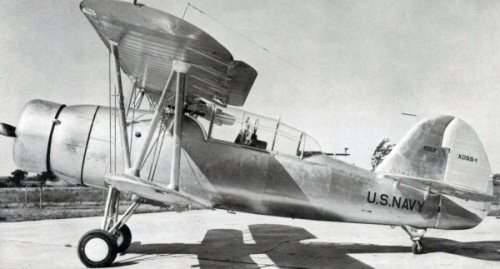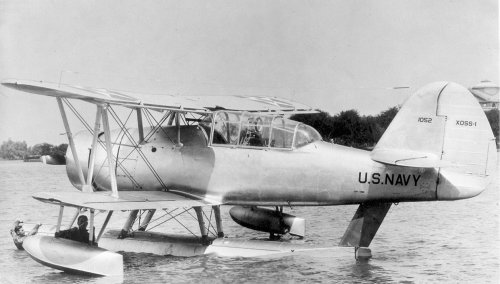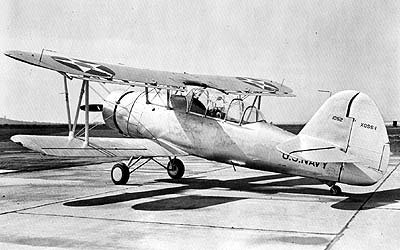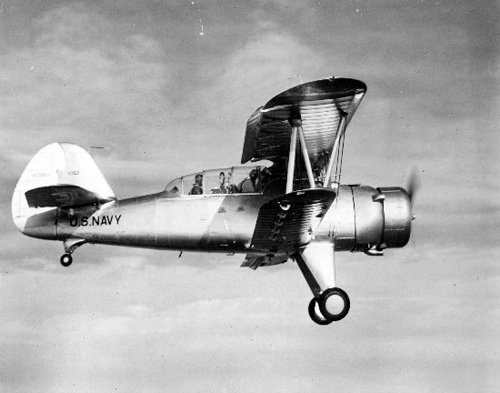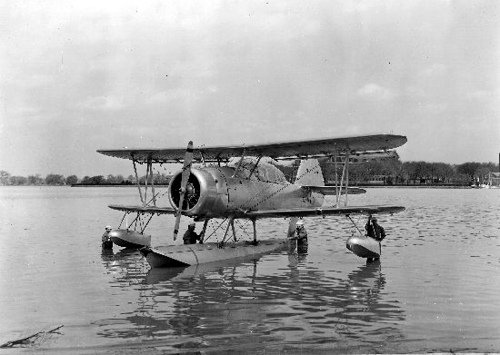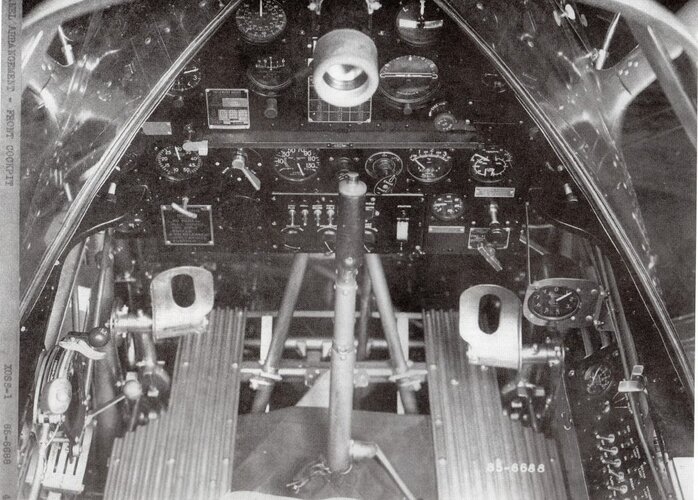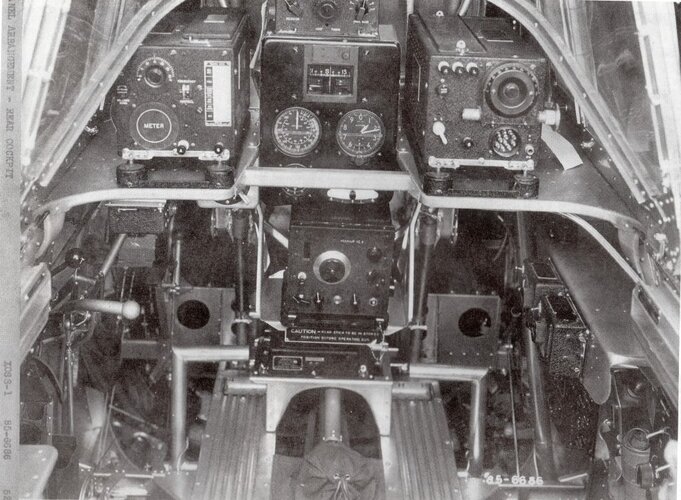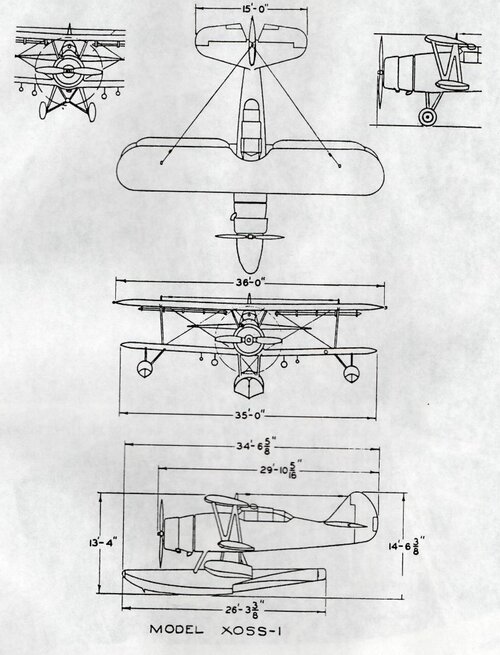- Joined
- 17 May 2008
- Messages
- 676
- Reaction score
- 1,323
The Stearman Model 85 (XOSS-1) was entered in the competition to replace the Curtiss SOC in the scout/observation role for the US Navy.
The aircraft competed with the Vought XOS2U-1 Kingfisher for the contract. The XOSS-1 a biplane configuration was not able to match the
performance of the Vought monoplane and lost the competition. The aircraft was utilized by the US Navy until July 1941 when it was surveyed
at NAS Jacksonville.
FWIW Surveyed according to COMNAVAIRFORINST 4790.2B CH-1 "5.1.3.14.1 Definition. A survey is the procedure required when Navy property
and DLA material, including IMRL equipment/SE, in Navy custody is lost, damaged, or destroyed"
A recent visit to NARA II afforded the opportunity to scan a few photographs of the XOSS-1 for your reference and viewing pleasure.
The aircraft competed with the Vought XOS2U-1 Kingfisher for the contract. The XOSS-1 a biplane configuration was not able to match the
performance of the Vought monoplane and lost the competition. The aircraft was utilized by the US Navy until July 1941 when it was surveyed
at NAS Jacksonville.
FWIW Surveyed according to COMNAVAIRFORINST 4790.2B CH-1 "5.1.3.14.1 Definition. A survey is the procedure required when Navy property
and DLA material, including IMRL equipment/SE, in Navy custody is lost, damaged, or destroyed"
A recent visit to NARA II afforded the opportunity to scan a few photographs of the XOSS-1 for your reference and viewing pleasure.
Attachments
-
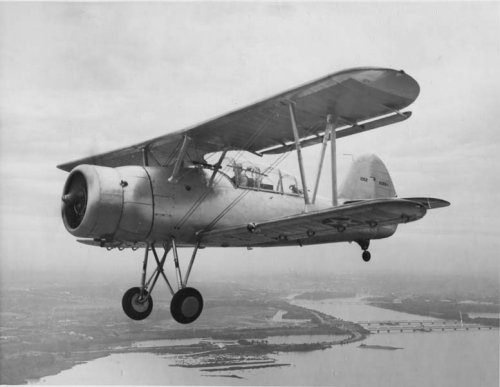 80G-3329-Stearman-XOSS-1-1052-Over-Potomac-Rver-19380811.jpg50.1 KB · Views: 461
80G-3329-Stearman-XOSS-1-1052-Over-Potomac-Rver-19380811.jpg50.1 KB · Views: 461 -
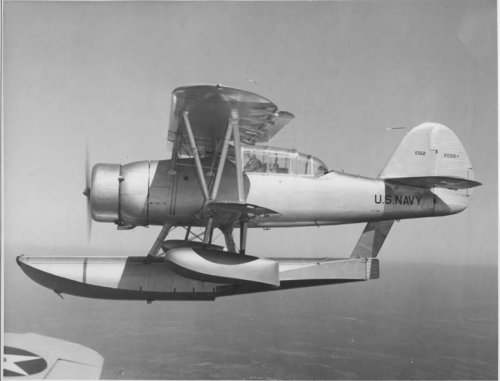 80G-3332-Stearman-XOSS-1-1052-19380923.jpg44.7 KB · Views: 449
80G-3332-Stearman-XOSS-1-1052-19380923.jpg44.7 KB · Views: 449 -
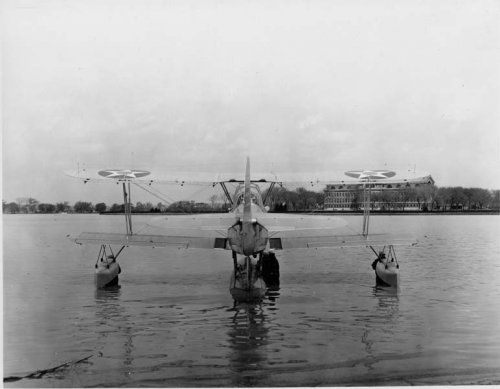 80G-3333-Stearman-XOSS-1-1052-1939420.jpg51.8 KB · Views: 428
80G-3333-Stearman-XOSS-1-1052-1939420.jpg51.8 KB · Views: 428 -
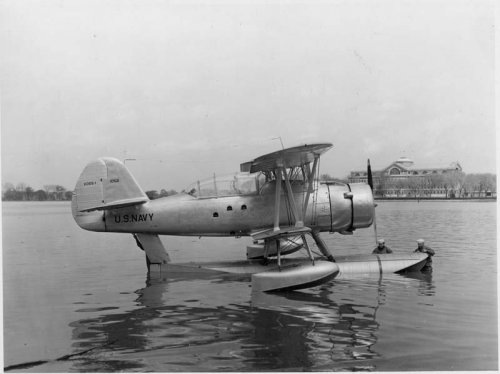 80G-3337-Stearman-XOSS-1-1052-1939420.jpg55.2 KB · Views: 413
80G-3337-Stearman-XOSS-1-1052-1939420.jpg55.2 KB · Views: 413 -
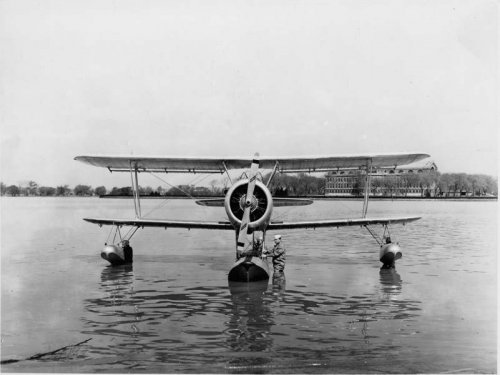 80G-3340-Stearman-XOSS-1-1052-1939420.jpg62.2 KB · Views: 391
80G-3340-Stearman-XOSS-1-1052-1939420.jpg62.2 KB · Views: 391 -
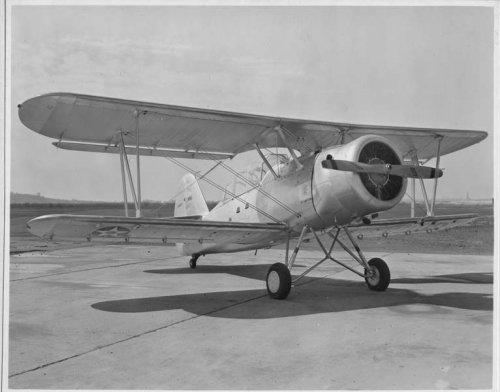 80G-3344-Stearman-XOSS-1-1052-19390411.jpg56.7 KB · Views: 71
80G-3344-Stearman-XOSS-1-1052-19390411.jpg56.7 KB · Views: 71

